10 Least Explored Heritage Places In India
By: Priyanka Maheshwari Tue, 17 Dec 2024 6:28:02
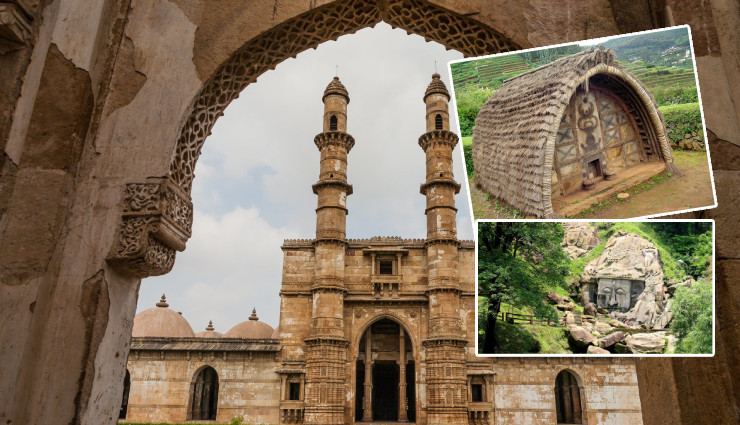
Often, within the allure of the undiscovered and the mystique of ancient relics, we uncover beauty that transcends the ordinary. India, with its timeless tales, hidden histories, and rich cultural tapestry, is home to a treasure trove of such wonders.
In this journey through the nation’s lesser-known heritage, we explore ten secluded marvels that have largely stayed out of the spotlight but certainly deserve recognition. These are not the iconic Taj Mahals or Amber Forts; rather, they are India’s concealed gems—top 10 obscure heritage wonders.
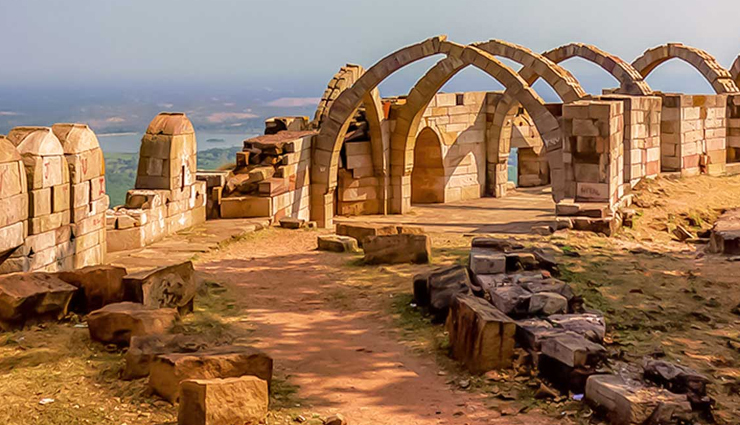
# Champaner-Pavagadh Archaeological Park, Gujarat
Our adventure begins in Gujarat, where we encounter the UNESCO World Heritage Site of Champaner-Pavagadh. This untouched historical city is home to a diverse array of architectural structures, from mosques and temples to ancient granaries. The seamless blend of Hindu and Islamic architecture makes these 15th-century monuments a stunning display of cultural fusion. The neighboring Pavagadh hill, believed to have a volcanic origin, offers a scenic trekking route for adventurous explorers.
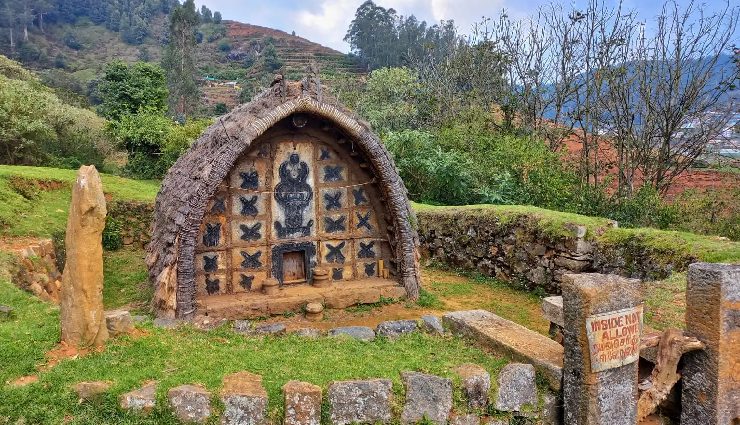
# Toda Huts, Ooty, Tamil Nadu
Hidden in the lush hills of Ooty are the distinctive huts of the Toda tribe. These elliptical, bamboo-built structures, adorned with intricate carvings and embroidery, stand as a testament to the tribe's rich cultural heritage. The sustainable design of these huts, with their crescent shape and natural insulation, perfectly reflects a harmonious relationship with nature, untouched by modern influences.
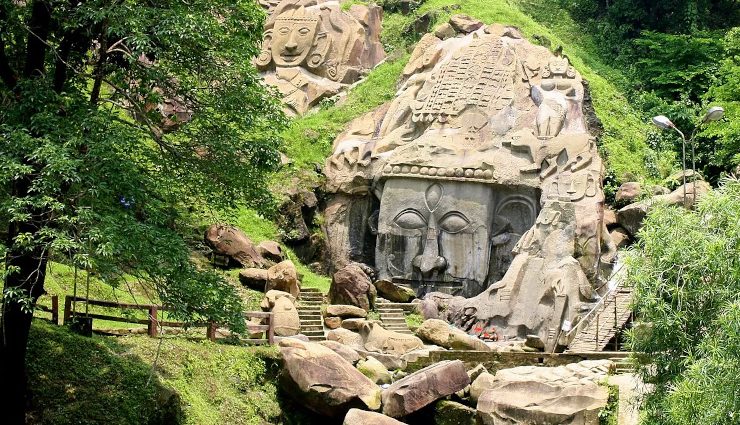
# Unakoti, Tripura
In the northeastern state of Tripura lies Unakoti, an open-air gallery of ancient religious art. With its massive bas-reliefs and stone carvings, this site narrates tales from Indian folklore, mythology, and divine craftsmanship. Set amidst lush greenery, the towering sculptures, including the notable "one-less-than-a-crore" deities, make Unakoti an invaluable archaeological wonder.
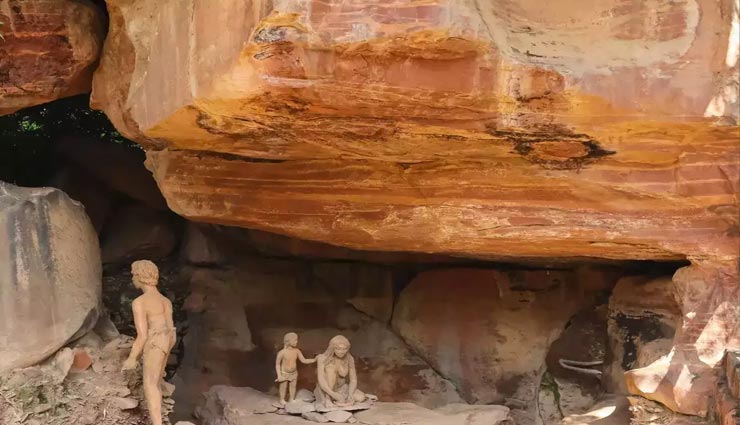
# Bhimbetka Rock Shelters, Madhya Pradesh
Nestled at the foot of the Vindhyan Mountains, the Bhimbetka Rock Shelters are among the oldest traces of human life in the Indian subcontinent. This UNESCO World Heritage Site features over 600 rock shelters, adorned with prehistoric cave paintings that are around 30,000 years old. These ancient artworks offer a glimpse into the lives, beliefs, and rituals of our ancestors.
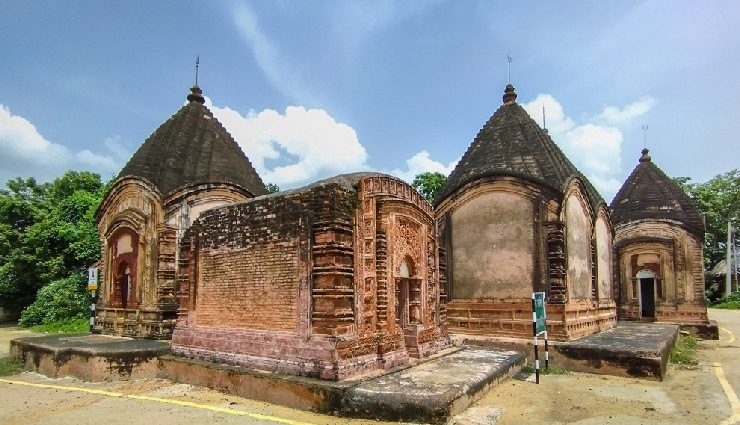
# Maluti Temples, Jharkhand
The remote village of Maluti is home to a cluster of 72 ancient temples, each showcasing exquisite terracotta art. The intricate carvings on these temples reflect stories from Indian epics and folklore. Though many of the temples are in decay and suffer from lack of preservation, the Maluti temples remain a magnificent representation of India's terracotta heritage.
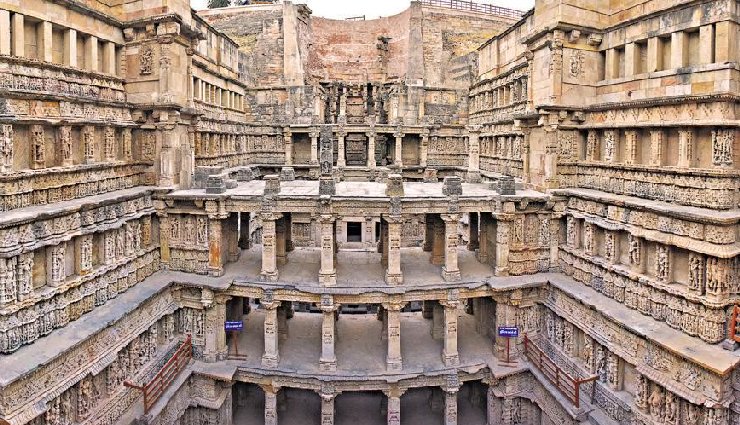
Rani ki Vav, Patan, Gujarat
Rani ki Vav, also known as the Queen’s Stepwell, is an extraordinary feat of ancient water management. This inverted temple, embellished with over 800 elaborate sculptures, is a brilliant example of ancient Indian water harvesting techniques. A UNESCO World Heritage Site, this 11th-century marvel stands as a tribute to India's architectural brilliance and cultural depth.
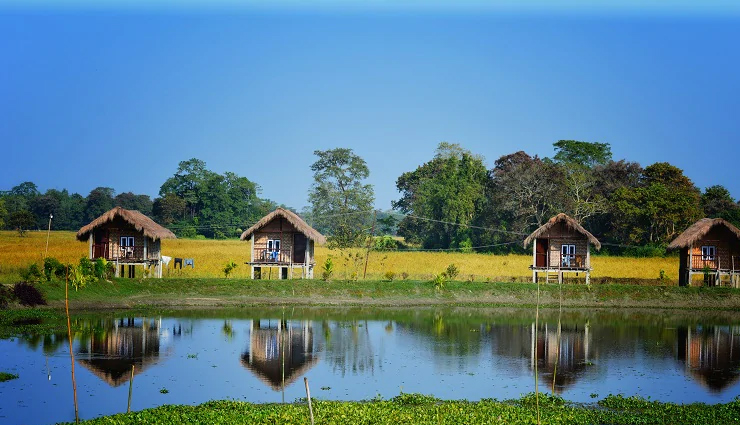
# Majuli Island, Assam
Majuli Island, located in the mighty Brahmaputra River, is the world's largest river island and the cultural heart of Assam. Known for its neo-Vaishnavite culture, Majuli is home to mask-making artisans and classical Sattriya dance performances. Though threatened by climate change, Majuli offers a unique blend of culture, heritage, and environmental conservation.
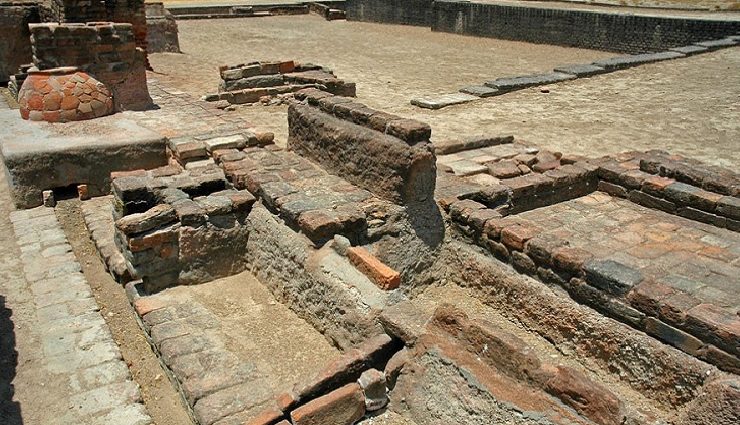
# Lothal, Gujarat
Lothal, an important city of the ancient Indus Valley Civilization, remains largely unnoticed in Gujarat. The site features remarkable remnants, including the world’s earliest known dock, an advanced drainage system, and evidence of standardized weights, reflecting the civilization’s sophisticated urban planning and maritime trade practices.
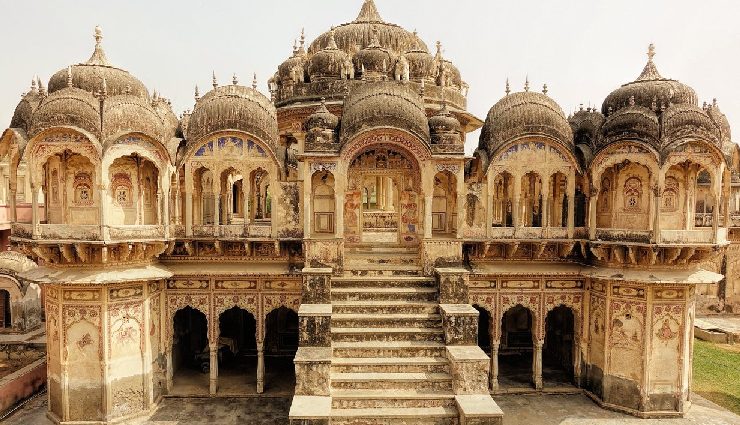
# Shekhawati, Rajasthan
Known as Rajasthan’s “open-air art gallery,” Shekhawati is famous for its havelis, or traditional mansions, which are adorned with vibrant frescoes depicting 18th and 19th-century social and cultural themes. While overshadowed by the region's grand forts and palaces, Shekhawati provides an authentic glimpse into Rajasthan's rich cultural and architectural heritage.
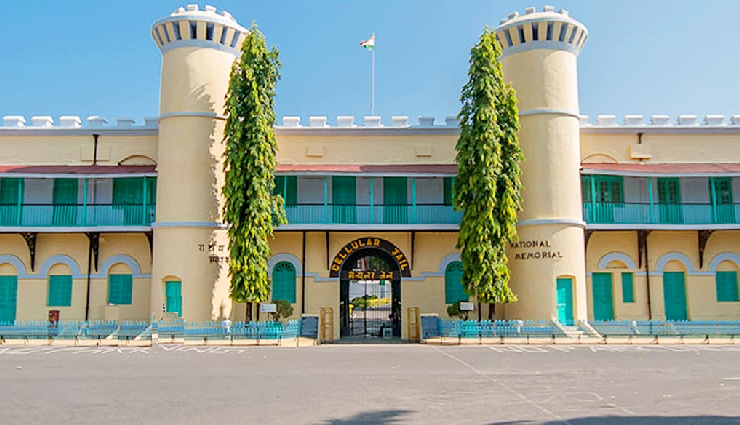
# Cellular Jail, Andaman and Nicobar Islands
Lastly, the Cellular Jail in Port Blair, also known as ‘Kala Pani,’ stands as a stark reminder of India’s struggle for independence. This seven-winged colonial prison, where freedom fighters endured immense suffering, is now a national memorial. The light and sound show at the site vividly recounts its poignant history, bringing to life the courageous stories of those who fought for the nation’s freedom.
Related Stories:
# 5 Must Visit Beaches in Kerala
# 7 Reasons Why Bhutan is The Happiest Country in The World
# 10 Reasons Why Nepal Should Be on Your must Visit List
# 9 Attractions To Visit in North East India
# 15 Places You Must Explore in Rajasthan During January





